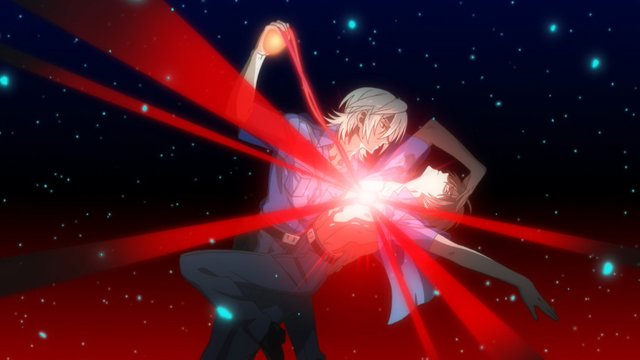0Comments
PUBLISHED
UPDATED
5 Queer Anime That Aren't Yuri!!! On ICE
About the Author
Vrai Kaiser
Vrai Kaiser is a tired trans media critic who likes vampires, queer shit, and bad movies. Follow their freelance work on Twitter @writervrai or their study of trash media @trashpod.
Newest


